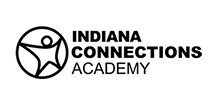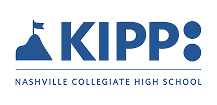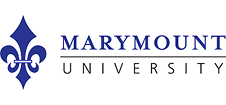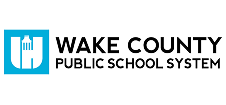k-12 Educators
Bring Real-World Problem Solving to Your Students
Teamship prepares high school students for the world of work. Give them the opportunity to solve real problems in diverse teams, with coaching that builds mindset and confidence. We help you implement the model with structure, support, and purpose.
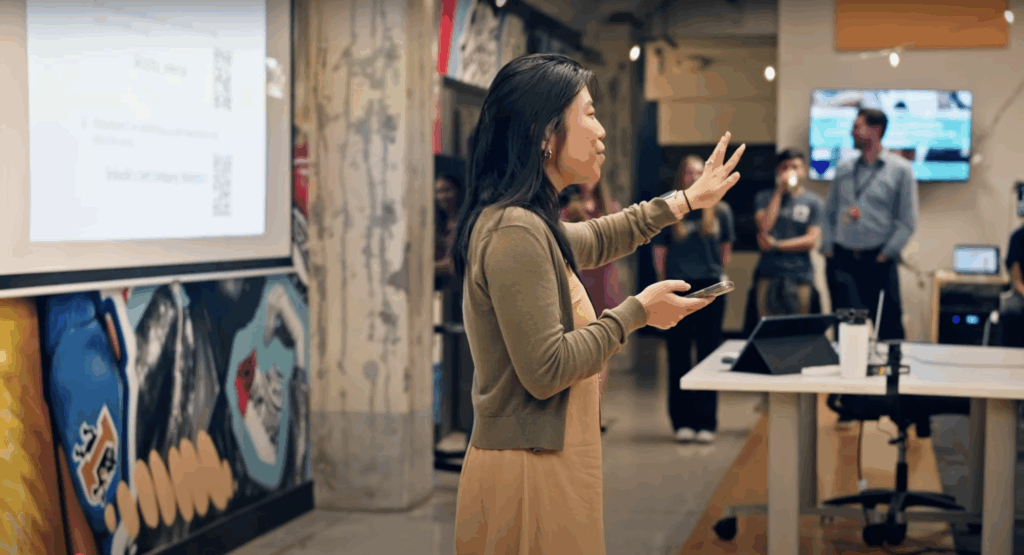

How to Adopt Teamship in Your School District or University
STEP 1
Plan Together
We guide you through a planning process to design a Teamship implementation that fits your schedule, staffing, and student goals.
Over a few short meetings, we’ll help you plan your Teamship implementation, identify the right educators to be coaches, recruit students, and generate excitement in your community. This can take 2-8 weeks depending on your availability.
STEP 2
Certify Your Teamship Coaches
Your nominated educators will complete the District C Coaching Institute, a hands-on professional development experience that prepares them to lead high-quality Teamship cycles.
We recommend nominating educators who are student-centered, open to new approaches, and energized by equity, problem-solving, and collaboration.
STEP 3
Launch with Full Support
District C provides everything your team needs for a successful launch, including access to our comprehensive library of coaching tools, planning guides and student resources and direct support from our team.
We’ll also handle business partner matchmaking and problem scoping, so your educators can focus on what they do best: coaching students through meaningful, real-world work.
How We Help You Succeed
Teamship prepares students for the world of work. Give them the opportunity to solve real problems in diverse teams, with coaching that builds mindset and confidence. We help you implement the model with structure, support, and purpose.

Readiness & Implementation Support
The District C team partners with you from the start to plan a successful (and enduring) Teamship implementation. After launch, we’re available to provide support to your coaches at any time.

Business Partnerships
District C maintains a network of businesses ready to offer real problems for student work. We secure the partners for you, scope the problems, and manage the relationships.

The District C Playbook
The Playbook is a digital resource that includes program planning resources, coaching slides and notes, a video library of recorded PD content, and everything else needed to run Teamship successfully.

Ongoing Professional Development
This work is ever-evolving. District C’s team of experts provides ongoing development and learning opportunities for certified coaches through recordings and live events.

Teamship coaching is different from traditional teaching.
Putting students in teams to solve real problems is powerful but it only works with skilled, intentional coaching. That’s why every Teamship experience is led by a certified educator trained to guide teams through ambiguity, process, and growth.
FACULTY LEARN TO:
Manage an experience
NOT
Deliver a curriculum
Embrace uncertainty
NOT
Have the answer
React to the team
NOT
Drive a lesson plan
Coach on process
NOT
Explain content
Provide dynamic feedback
NOT
Score to a rubric
Promote autonomy
NOT
Hold control
FAQs
Yes, and we work with the business to come up with the problem that students will solve! We know teachers don’t have time to be out recruiting business partners, which is why we’ve done that part for you. We maintain a network of hundreds of pre-screened business partners of all types and sizes — startups, large corporations, main street businesses, tech companies, nonprofits, and anything else you can think of.
It doesn’t matter what your subject area is. Being a great Teamship coach has nothing to do with business knowledge or any other specific content knowledge. It’s about knowing how to coach student teams on process and ways-of-working. Our certified coaches include language teachers, English teachers, math teachers, entrepreneurship teachers, administrators, college professors, and many others. If you are passionate about the work and excited for the challenge, you are the right fit for this regardless of what you teach.
Teamship is most powerful when implemented as a standalone semester- or year-long course, but it can also be offered as a capstone experience embedded in an existing course or as a co-curricular program.
Here are three ways Teamship can fit your schedule, structure, and students:
Standalone Course
- Offer Teamship as a standalone semester- or year-long course. This is the ideal implementation.
- EXAMPLE: Research Triangle High School’s Teamship elective features five problem cycles over the course of one academic year.
Embedded module
- Use Teamship as a capstone experience inside of an existing course.
- EXAMPLE: The entrepreneurship course at Sanderson High School ends with a 4-week Teamship capstone.
Co-Curricular program
- Offer Teamship as an internship experience after school or over the summer.
- EXAMPLE: The Summer Leadership program at the North Carolina School of Science & Math features an intensive 1-week Teamship experience.
The co-curricular and embedded options are easier to get off the ground, but the standalone course is the best experience for students. This is because the standalone course provides an opportunity for students to do multiple problem cycles back-to-back. The improvement from one cycle to the next is remarkable to see. We have some member schools who have adopted a semester-long course with three problem cycles, and others who have adopted year-long courses with five cycles.
High school and college students. That said, some of our school members have implemented Teamship with middle school students. It worked! Certified coaches are trained in a way that allows the program to be suitable for different age groups and types of populations.
Teamship fits well when it’s used as part of a CTE sequence or when it’s embedded inside a CTE course, but we believe every student should have a Teamship experience. In fact, some of our member schools are running Teamship honors elective courses that are open to any student in the school.
The Playbook is a digital resource for District C certified coaches. It contains a curated set of documents, artifacts, best practices, training videos, templates, examples, and roadmaps, all arranged and sequenced to provide a start-to-finish guide for implementing Teamship.
A typical Teamship cycle is anywhere between 25 and 50 hours, typically delivered over multiple weeks where student teams meet 3-5 hours per week. Intensive 1-week or 2-week experiences also work. Here’s the thing about solving real problems — you have the time that you have, and your time constraints dictate your process. It’s all part of the learning.
Coaches are encouraged to build teams that are intentionally designed to have students from diverse backgrounds working together. Workplaces are made up of all different kinds of people with different strengths, backgrounds, perspectives, and past experiences. We know from research that the best teams are diverse teams, and the strength of that diversity is enhanced when members of those teams understand how to leverage their individual differences. Teamship is an opportunity to learn how.
A non-negotiable for this model is that the business problems are real, meaningful, and urgent. Here are some examples of businesses and the problems they’ve brought:
- Healthcare: A medical startup looking to improve its participant sign-up experience for clinical studies
- Finance: A finance company wants to enhance communication between the Requirements and Risk Assessment teams to ensure smoother feature rollouts
- Nonprofit: A pay-what-you-can café seeking a more efficient system for managing volunteer staff
- Technology: A multinational software company aiming to increase client retention from 75% to 90%
- Consumer Products: A personal care company developing a process for hiring and building a new marketing team
- Food & Beverage: A local juice bar and café looking to revamp in-store traffic flow to improve customer experience
- Real Estate: A 100-year-old real estate company working to unify its company culture across six divisions
Yes. We survey our business partners after their experience. So far, over 80% of our partners report that they plan to implement, or have already implemented, at least parts of the solutions proposed by student teams.
When we ask students what they liked most about the District C experience, the opportunity to add real value to a real person or organization is almost always at the top of the list. Regardless of the problem, student teams have a chance to engage in real work that has real consequences and the potential to make a meaningful impact. Not only is this a huge motivator, but it also provides students with an authentic work experience that any college or potential employer will want to hear more about.


